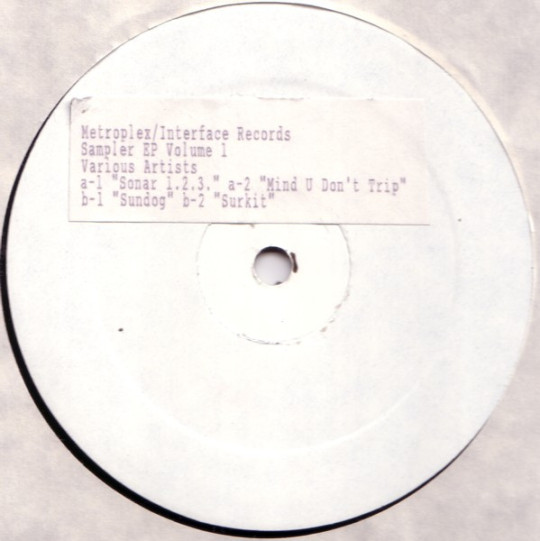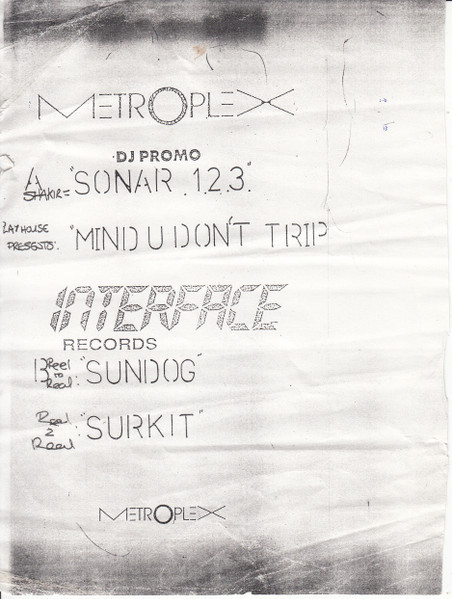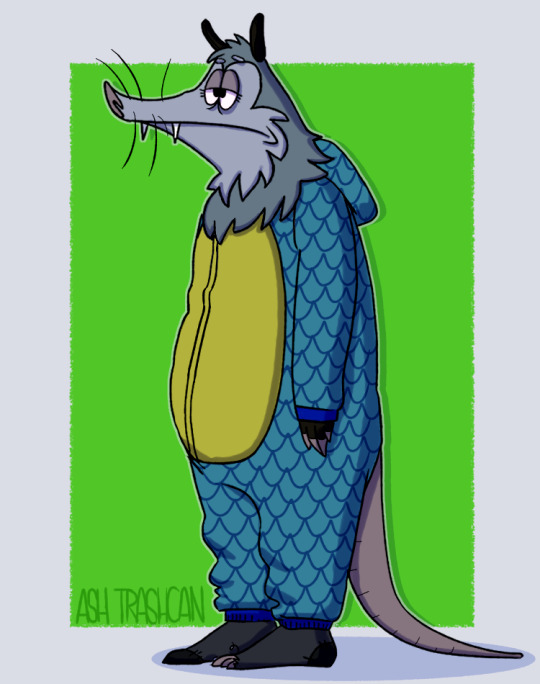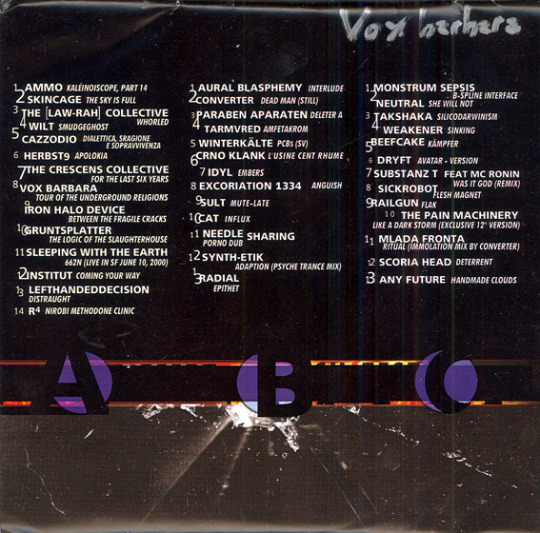#90's abstract
Explore tagged Tumblr posts
Text

Ink 199X
#vaporwave#80s#mallsoft#colorful#1980s#abstract#pop art#pastel#art#aesthetic#v a p o r w a v e#abstract calligraphy#a e s t h e t i c#90s kids#nostalgia#nostalgiacore#pink#artists on tumblr#photoshop#1000
1K notes
·
View notes
Text
just finished season 1 of Pantheon and holy Fucking shit is it good. It’s barely anything like what I expected.
Deep, really unsettling, and really fucking cool because I am laugh-crying with joy at how SICK the digital U.I. battle scenes are with the interspersed visual representation of the code and actual logic processing of uploaded human minds brute force attacking each other like oh my god oh my god oh my god. The Concepts. The C O N C E P T S.
anyways I cried a lot time for season 2.
#U.I. world stuff deserves akira-level animation and could be even more fucked up and abstract but I still greatly enjoy it obvs#I mean their imaginations do follow a framework of logic and sensory stimuli to an extent I guess.#but I want them to explore more of what happens when the mind is fully free from the constraints of percieved body#like what laurie was describing#the animation in general does have 90’s/00’s lain-adjacent charm I’d say#let’s see how it is in s2#either way the story is REALLY fucking good#pantheon amc
19 notes
·
View notes
Text

Music for Cats by cEvin Key Subconscious Communications / Metropolis 1998 Industrial / Experimental / Abstract / IDM / Ambient / Glitch / Dark Ambient / Noise / Alternative Rock / Experimental Rock / Electro-Industrial
#industrial#experimental#abstract#abstract music#idm#ambient#dark ambient#glitch#noise#alternative rock#alternative#alt rock#alt#experimental rock#rock#electro industrial#dance#dance music#electronic#electronic music#music#90s#90s music#90's#90's music
7 notes
·
View notes
Text


Today's compilation:
Sampler EP Volume 1 1990 Techno / Abstract
Whoo, boy, what a tremendous record here, folks. Back in 1990, techno godfather Juan Atkins had only 500 copies of this little white-label 12-inch pressed up for his tiny Interface label, with each track recorded in his very own, now-mythical Metroplex Studios in Detroit. And if you were one of the few people who were actually lucky enough to get your mitts on this thing, you had access to some truly stunning morsels of foundationally raw, electro-inspired, dystopian fire that still go hard to this very day 🤯.
So, I think the best tune out of all of these comes from a guy named Neuropolitique, who was originally from Britain, but ended up making his way to the Motor City in the 80s, and immersed himself in the burgeoning underground techno scene there. On this record, he unleashes "Mind U Don't Trip," a snazzy and abstract bit of gold that lays some mind-bogglingly eerie and echoing, nuclear wintry flute stabs over a rough bassline and punching drums. Three-plus decades later, this is still one of the single-wildest pieces of techno that's probably ever been created.
But also not to be missed is the record's first cut, Detroit legend Anthony "Shake" Shakir's "Sonar 123," which really loads itself up on an assortment of chemical bleeps and bloops, and cinches it all together with this thin line of high-pitched digital squealing. And the closing tune, "Surkit," by Reel by Real, has a series of cool, bleepy, and bubbly synth melodies that all manage to run into each other over a set of simple, yet majestic string pads, which end up lending some wondrous depth to the whole production.
These tracks are a whole lot easier to find now, but what would remain undeniable is that what was being done on this record itself was a truly historic thing, regardless of how many people had actually heard it. So, in that sense, a release like this might as well be techno's equivalent of The Velvet Underground & Nico.
Highlights:
Shake - "Sonar 123" Neuropolitique - "Mind U Don't Trip" Reel by Real - "Surkit"
#techno#abstract#abstract music#dance#dance music#electronic#electronic music#music#90s#90s music#90's#90's music
23 notes
·
View notes
Photo

“Guide to the world wide web sites”
#Glitch#databending#glitch art#digital art#new aesthetic#vaporwave#aesthetic#90s#90's#abstract#abstract art#texture
14 notes
·
View notes
Text

its cold and as a result i live in my pj's 24/7
#furry#furry art#fursona#opossum#digital illustration#abstract background#this was inspired by the 90's cartoons i watched as a small human#rocko's modern life and catdog were two of my earliest favorites
3 notes
·
View notes
Text
Dazzle (Video/DOS, In-browser, WorldWide Microtronics, ~1992)
You can watch this VHS tape's abstract, palette-animated beauty and hear its relaxing music here.
You can run the software behind it in your browser here (v5.2a) or here (5.0f), or download two other versions for use in DOSBox here (4.0) and here (5.0j).




#internet archive#video#videos#vhs#vhs tapes#direct to video#abstract#abstract art#peaceful#calming#art#in-browser#dos#retro graphics#generative art#procedural generation#1992#1990s#1990's#90s#90's
2 notes
·
View notes
Text
Tees and Oughts

Vee - April 23rd of 2023
#trans artist#art#my art#glitch#glitch art#trans woman#photography#surreal#abstract#90s#90's#1990s#1990's#00's#00s#2000's#2000s
3 notes
·
View notes
Video
youtube
I’m making a new videoclip! Here’s the preview!
#youtube#downtempo#trip hop#abstract hip hop#dream pop#dream music#videoclip#canva#Andrea Sollai#Cassino#San Michele#Lazio#Latium#Italia#Italy#my music#original music#hip hop#experimental music#IDM#electronic music#triphop#bristol sound#90's#90's music#moby#massive attack#tricky#portishead#archive
1 note
·
View note
Text

I present to you my wierdly specific headcanon:
Silco got 90's style tribal in his twenties to look tough and cool, but now he has money from drug trade, and he does coverup-blastover tattoos in sick modern dark abstract style.
Yes, I absolutely had to give him pubes.
107 notes
·
View notes
Text
Ali Jundia's campaign has been up since AUGUST and is STILL ONLY
kr 7,270/550,000 SEK
Barely much at all.
I will post updates when I can.
Reminder that I can draw for you if you donate: x
tags under the cut (dm to remove tag):
@vakarians-babe @sar-soor @plomegranate @nabulsi @sayruq
@palipunk-blog @communistkenobi @queerstudiesnatural @bluebellsinthedells @rizzyluke
@kordeliiius @self-hating-zionist @raelyn-dreams @unfortunatelyuncreative @licencetokrill-blog
@jezebelgoldstone @ramelcandy @labutansa @sammywo @autistwizard
@tortiefrancis @sparklinpixiedust @revcuse @golvio @leftismsideblog
@star-and-space-ace @rainbowywitch @marscodes @annoyingloudmicrowavecultist @boyvander the-bastard-king
@ammonitetheseaserpent @girlinafairytale @timetravellingkitty @appsa @applejupiter
@brutaliakhoa @malcriada @retvolution @deansmultitudes @devilofthepit
@heritageposts @wellwaterhysteria @dykesbat @gorbling @half-empty-orbitals
@seasnipper @90-ghost @el-shab-hussein @fairuzfan @neptunerings
@marnota @flower-tea-fairies @tsaricides @riding-with-the-wild-hunt @vivisection-gf
@belleandsaintsebastian @ear-motif @animentality @raelyn-dreams @troythecatfish
@violetlyra @the-bastard-king @tamaytka @northgazaupdates2 @skatehan
@awetistic-things @nightowlssleep @baby-girl-aaron-dessner @friendshapedplant
@mangocheesecakes @commissions4aid-international @rwuffles @mogai-sunflowers
@a-shade-of-blue @ibtisams @paper-mario-wiki @dlxxv-vetted-donations @writerqueenofjewels
@the-ballerina-battle @khanger @maoistyuri @acepumpkinpatrick @thetownwecallhome
@aria-ashryver @bat-luun @staretes @yokohama-crackhouse @omiteo777
@rhubarbspring @schoolhater @pcktknife @transmutationist @sawasawako
@aristotels @watermotif @stuckinapril @mavigator @lacecap
@deepspaceboytoy @kibumkim @socalchops @chilewithcarnage @ghelgheli
@swagvo1d @himejoshikaoru @rooh-tawaka-blog @deathlonging @briarhips
@mahoushojoe @mazzikah @bixlasagna @anetteva @timetravellingkitty
@battleofthegarys @nillabean @fromjannah
@ankle-beez @spindlesx
@squidie-tittie @shiskabubble @oursapphirestars @fitzfunnymoments @jonpertwee
@buttercuparry @bloglikeanegyptian @visoremi @olovelymoon-read-pinned-post @pinkhit-s
@purple-splattered-soul @papasmoke @one-time-i-dreamt @operationladybug @undertastic-dork
@imjustheretotrytohelp @yesterdaysprint @tamarrud @themazziah
@resourcesmasterposts @raccoon-in-a-hoodie @ezrazone @emathyst9 @wolfythewitch
@queerdocumentary-blog @quecksilvereyes @anneemay @angelslough @averagenotnormal
@sleevesareforlosers @sinnamontrash @determinate-negation @dormimi-zzz
@fuckyeahanarchistposters @gerbildine @generallyjl @good-old-gossip @heydreamchild
@jezior0 @komsomolka @lesbianmaxevans
#free palestine#save palestine#occupied palestine#donations#donate if you can#please donate#signal boost#urgent#gaza#genocide in gaza#free gaza#all eyes on rafah#all eyes on palestine#all eyes on gaza#gofundme#go fund them#go fund me
91 notes
·
View notes
Text

Stereo 1995 1am (print version)
#retrowave#synthwave#vhs#90s#90s kids#vaporwave#colorful#80s#neon#glowing#newretrowave#newretro#glitch#vhs edit#90s aesthetic#abstract#a e s t h e t i c#artists on tumblr#art#memphis group
742 notes
·
View notes
Photo

Linear A Script
Linear A Script was used by the Minoan civilization centred on Crete during the Bronze Age. Used from around 1850 to around 1450 BCE, the script has never been deciphered. Artefacts bearing Linear A script, most commonly clay tablets, have been found across the Mediterranean, evidence that Minoan trade was conducted with such islands as Rhodes, Thera, and the Cyclades.
Origins & Development
Linear A script is one of a group of written languages that linguists identify as related syllabic scripts used during the Bronze Age in the Aegean and the wider Mediterranean. The oldest identified script in Europe is the Cretan Hieroglyphic script, which was in use from around 2000 to 1650 BCE. This script, which uses pictures to denote objects and later representative sounds, remains undeciphered. Linear A, perhaps arriving a little later (the point is still under debate by historians), was prevalent from around 1850 to 1450 BCE and has also never been deciphered. At the early Minoan palaces, Cretan Hieroglyphic and Linear A script were used simultaneously for a period. There is a clear (but not absolute divide) in terms of artefacts bearing Cretan Hieroglyphic script and Linear A script, with the former appearing more in the north of Crete and the latter more in the south. Linear A script was being used across the whole of the island by the late 16th century BCE.
Linear A script is composed of at least 90 characters, which can be grouped into syllabic signs, ideograms, and symbols which denote numbers and fractions. In addition, monograms were made from the clustering of two or three symbols. The historian H. Thomas suggests that there are over 800 words identifiable in Linear A script. The famed Greek historian S. Alexiou gives the following description of the script:
This script is termed Linear because it is made up of signs which, although derived from ideograms, are no longer recognizable as representations of objects, but consists of lines grouped in abstract formations. (127)
The later Linear B script of the Mycenaean civilization was developed from Linear A (about 70% of Linear A symbols appear in Linear B) and was used to express the language we today call Mycenaean Greek (deciphered in 1952 CE). Linear A script, then, is an important indicator of a continuing though changing culture in the ancient Aegean.
Continue reading...
109 notes
·
View notes
Text


Intersection by Florence Eevo Lute Muzique 1994 Abstract / Techno / Experimental
#abstract#techno#experimental#dance#dance music#electronic#electronic music#music#90s#90s music#90's#90's music
3 notes
·
View notes
Text


Today's compilation:
Krach Test 2001 Experimental / Dark Ambient / Noise / Harsh Noise / Rhythmic Noise / Industrial Techno / IDM / Abstract
Well…this was certainly a trip, folks; not a trip that I'd probably ever be interested in taking again, but a trip nonetheless. Here we have a 2001 triple-disc from a Berlin-based label called Ad Noiseam, who, true to their name, really seem to have a total preoccupation with the concept of noise as it applies to underground electronic music of many different stripes. Despite what Discogs may claim, this limited edition set—of which there are only 227 physical copies in existence—is far more than just a mix of industrial, ambient, and experimental stuff; there's techno, electro, IDM, drum n bass, drill n bass, and gabber too. And most of it, of course, is slathered in some level of noise.
Now, if you take a wide-angle view of all these songs, you can sort of see this release more or less traveling along a spectrum that starts on the fringes of atonal, amelodic, mostly rhythmless music that challenges our notions of what the definition of music even is, and by the middle of the final disc, progresses towards the other end of the spectrum, where rhythms are full-throttlingly overbearing and wholly unenjoyable to me in a substantially different way 😅. The only thing is that, by the final leg of that third disc, the comp runs totally afoul of this whole spectral idea, and like a snake eating its own tail, finds itself right back where it started.
So, needless to say, I did not like very much of this 3-and-a-half-hour-plus album, but as it continued to unfold towards the center, my ears started to perk up more and more, and when it got to that third disc, I was finally able to find a nice couple of palatable gems:
"Avatar (Version)" by Oakland, California's Dryft is probably one of the least noisy tunes on this comp, overall, and also one of its most conventional too. This is a sweet piece of atmospheric drum n bass with serene, spacefaring synth pads that underlie contrastingly crunchy and distorted kick-and-snare patterns. And when Dryft ladles in a thin layer of some of that warm, softly rumbling sub-bass, particularly, this one really becomes a well-crafted, full-blown bop 😌.
And then not too long after that, we get a song called "Flak," by another Californian who goes by the name of Railgun. This tune's like a piece of industrial techno with a sinister, Prodigy-inspired rock edge to it, and when Railgun drops in a dusty drum break to briefly complete his sharp-edged puzzle in both the middle and end, he really has a nice banger on his hands 👍.
Other than that pair of tunes, though, this comp really just serves as a stark personal reminder that no matter how deep, eclectic, and wide-ranging that I think my own taste in music might be, there is plenty of stuff out there on the extremes, from the nightmare-fueled, experimental and dark ambient, to the brain-mashing gabber, that I just will not only probably ever enjoy myself, but also likely won't ever comprehend how it could possibly appeal to anyone else, either. But that's sort of the inherent beauty in the diversity of our collectively lived human experiences, isn't it? To each, their own, and all of that…um...noise…
Highlights:
Dryft - "Avatar (Version)" Railgun - "Flak"
#experimental#experimental music#dark ambient#ambient#noise#harsh noise#rhythmic noise#industrial techno#techno#industrial#industrial music#idm#intelligent dance music#abstract#dance#dance music#electronic#electronic music#music#90s#90s music#90's#90's music#2000s#2000s music#2000's#2000's music#00s#00s music#00's
1 note
·
View note
